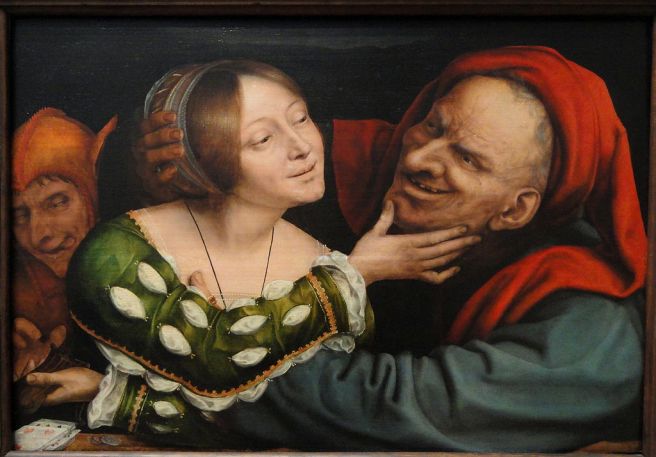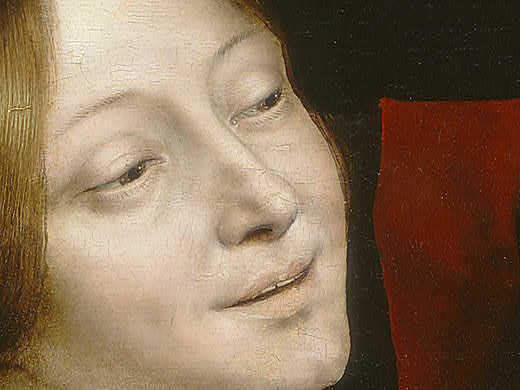My grandfather lived in Paris for as long as I can remember. So, I had unique opportunities to visit him a handful of times before his death. He was a mere 20-minute walk from the Notre Dame and another few minutes to the Louvre. So I’ve spent a fair amount of time in both these places and visited nearly every day that I was there. My favourite part of the Louvre, with all the paintings, the statues…. was the ceiling. I think I have more pictures of the ceiling of the building than the actual art shown in it. Now it’s a little harder to give credit where credit is due as for the most part since these sculptures and paintings were just pieces of the building rather than ‘art’ I have a hard time finding titles or artists names. That I apologise for but it beautiful. I didn’t know this sort of lavish decorating had a name but baroque it is, in all it’s glitzy fashion.
*note – these are not the pictures I took. It would be far too easy if I could actually find them. I’m sure they are ‘somewhere safe’. If you click on any image it should take you to the original source.*
The history of the Louvre is a long one. Starting in the 12th century with King Philippe Auguste up until Neapolitan. A few changes being made even after this. Originally designed as a fortress, thus it’s rectangular shape. It went through many Kings (Watch out for that sneaky Medici name!) who used it as a fortress, a palace, or sometimes both. Adding on to the building as it suits them sometimes for practical reasons and sometimes for vanity.
The beginning of it’s move from fortress to palace starts with King Charles V who was the first of French royalty to use it for housing. As it needed to be fit for a king his main attention was to beautify the inside of the new palace including adding a magnificent staircase.
King Francois I destroyed several of the old medieval style buildings to construct newer renaissance style buildings.Today the only part of the original building is called the Salle Basse dating about 1230.
I think in my research about the Louvre my favourite bit was that with King Henery IV came new construction on the Louvre including a massive hallway connecting the royal apartments inside the Louvre to the Tuileries palace (which was taken down in 1883) but having the same architect design and construct the massive nearly 1,500 foot long passageway would prove to be too boring. Louis Metezeau and Jacques II Androuet du Cerceau would start the work at opposite ends to break up the monotony of the building.
As each King (or Queen) added their own touches through it reflected not only their personal style but the style of the time. Unlike today where often we only get to change temporary things like drapes, they had at their request teams of people to tear down, build, or redesign whole buildings. Even though it wasn’t until 1793 that the Louvre was a natural housing for the artistic treasures of France it is hard to argue that the baroque style wasn’t plentiful in the interior design. The walls are a lavish display of power and wealth and although frequently religious in nature they also draw heavily from the symbolism of ancient Rome and Greece.
References
Bonfante-Warren, Alexandra. “History of The Louvre — Part 3 of 5: The Renaissance.” The Louvre Hugh Lauter Levin Associates, 2000. Web. 15 Sept. 2016.
Colla, Phillip. “Ceiling Art, Musee Du Louvre, Paris.” Natural History Photography Blog. Oceanlight.com, 02 Jan. 2013. Web. 15 Sept. 2016.
“Galerie D’Apollon.” Wikipedia. Wikimedia Foundation, 20 July 2015. Web. 16 Sept. 2016.
“Louvre Palace.” Wikipedia. Wikimedia Foundation, 26 Aug. 2016. Web. 15 Sept. 2016.
“Louvre Museum Official Website.” Louvre Museum Official Website. N.p., n.d. Web. 16 Sept. 2016.
“Inside the Louvre.” CNN. Cable News Network, 2016. Web. 16 Sept. 2016.








